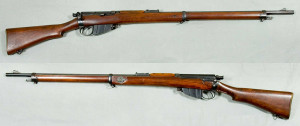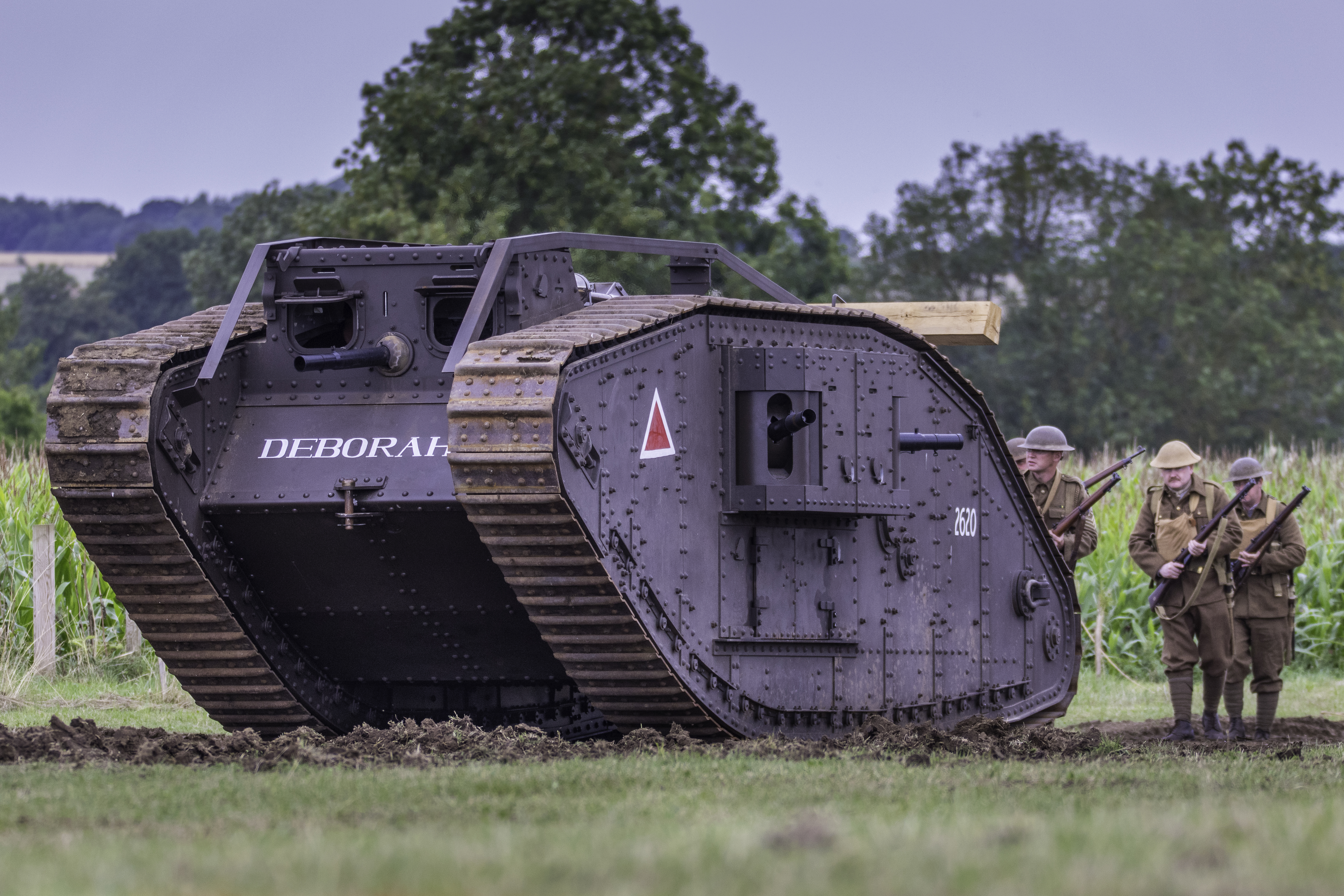LEE METFORD
RIFLE .303” LEE-METFORD, replaced the Martini-Henry rifle in 1888 after 9 years of development and trials.
Two major recommendations had been made concerning future firearms for the services by the committee on small arms. The new rifle to replace the Martini should have the Lee bolt action and the lee vertical box magazine. The calibre of the new arm would be reduced from .577/.450 to .303”, based on tests using the Swiss Rubin Cartridge.
William Ellis Metford developed the rifling using seven shallow segmental grooves, left hand twist and a pitch of one turn in ten inches. Left hand twist gave far more accurate results in the Northern Hemisphere than right; (this was to have serious consequences when the rifle was later used in the South African War when these rifles were often used at extreme ranges of up to 4,000 yards.)
The Lee bolt with its rear locking lugs and very smooth action was and still is today, the fastest bolt action ever developed. The early magazines held eight cartridges which had a black powder propellant, giving off clouds of white smoke and causing severe bore fouling. The back sight was graduated to 2,000 yards and for the first time on British service arms, the Metford was also fitted with a long range dial and aperture sight on its left side graduated from 1,800 yards up to 3,500 yards.
Before setting off for the Boer War, riflemen were taken to artillery ranges to zero their rifles at these extreme ranges, the targets were fastened to 30 foot square canvas screens needed at ranges of 3,500 yards.
There was no provision for filling magazines by chargers which were developed later. The rounds were loaded singly into the magazine; two were issued per rifle, the parent magazine being attached to the trigger guard by a chain link, the idea being that when the magazine was empty, it could be dropped out where it would be retained by the link, while the spare mag could be loaded. In this way 16 rounds could be fired quickly.
A rear hand guard was fitted between the action body and the back sight. The barrel became very hot during rapid firing causing heat “shimmy”. The hand guard allowed the rifle to be held without burning the fingers.
A 12” double sided bayonet was developed for this rifle, (Bayonet, Pattern 1888). No safety catch was deemed to be needed for the Lee-Metford, and none was fitted. The Regimental Sergeant Major told the soldiers when to fire and when to stop. A dust cover was a permanent fitting to these rifles to prevent foreign matter from entering the action.
This Metford was the historic first to the series of Lee rifles that proved without doubt to be the finest bolt action rifle ever put into the hands of fighting soldiers. They earned the deep affection of all that used them. The Lee rifle in its various forms was still in use by the British until the new millennium (as the L42) and is still in use throughout the world.
This rifle is 49.4” long & Weighs 9lb. 4oz with a barrel length of 30.2”












